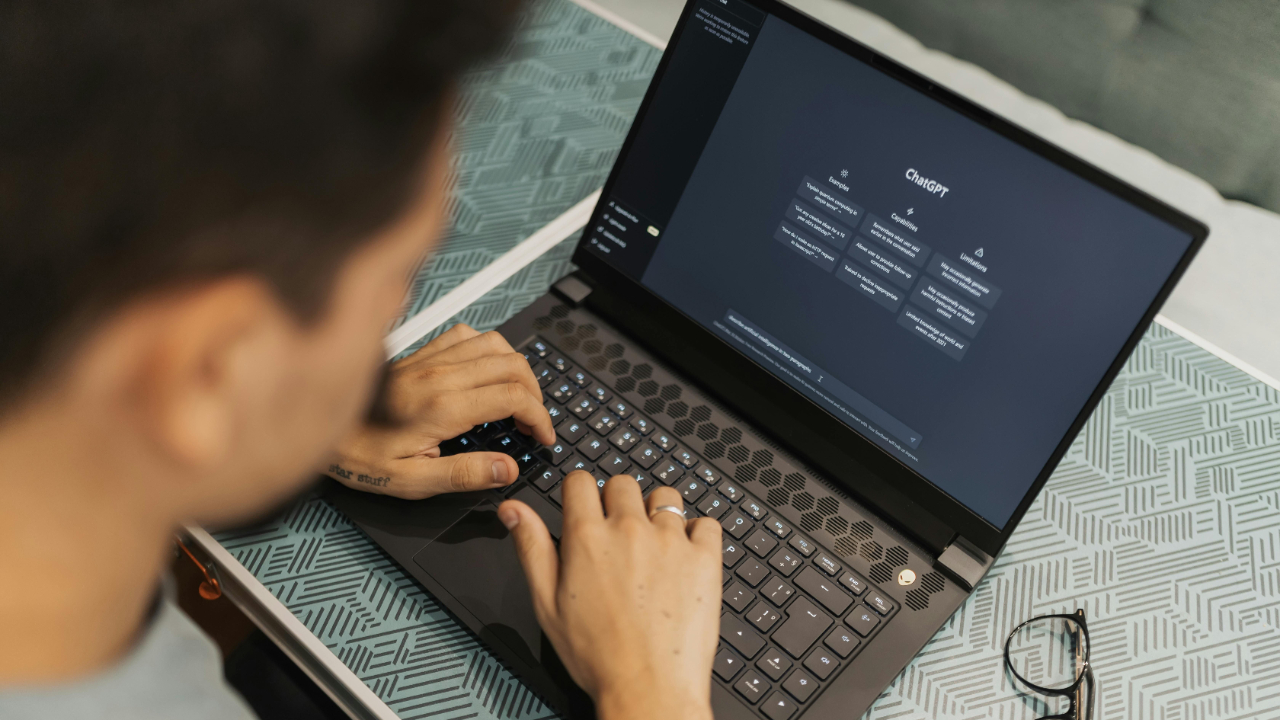Small Tweaks, Big Impact: Personalized Learning Made Easy
May 20, 2025
3 Great Ideas to Make Classroom Learning Personal
Have you ever asked your students whether your class feels more like a movie or a video game? It might sound silly at first, but stick with me — because the answer says a lot about how your students are experiencing your teaching.
Think about it: a movie is passive. You sit, watch, absorb, maybe fall asleep if it’s not your thing. But a video game? That’s immersive. It’s dynamic, requires thinking, teamwork, trial and error, and — perhaps most importantly — gives the player control.
Now apply that analogy to your classroom. Are your students just sitting back and receiving content? Or are they actively playing, experimenting, collaborating, and taking ownership of their learning?
Too often, teachers — pressed for time, overloaded with curriculum demands, or simply defaulting to the familiar — end up teaching their content rather than teaching their students. And while lectures do have their place (really, they do!), we can’t ignore the fact that learning becomes truly meaningful when it’s personal.

Learn how to be that teacher everyone talks about … read Hacking Classroom Management.

So, What Does It Mean to Personalize Learning?
In short, personalized learning is about creating space for students to connect with the material in a way that resonates with them. It means understanding that not all students learn the same way. And that’s not just okay, it’s awesome.
Because when you tap into students’ interests, strengths, and learning styles, you don’t just increase engagement, you increase achievement, too.

The best part? You don’t need to overhaul your entire curriculum to make it happen. Below are three easy-to-implement strategies that will help you get started with personalizing learning in your classroom without adding hours to your workload.

1. Mix Up Your Teaching Methods
Lectures work for some students, sure. But if you rely on them every day, you’re missing a big opportunity to reach learners in other ways. Try rotating in a few of these simple strategies:
- Short videos or podcasts to reinforce concepts
- Class discussions that invite student voice
- Hands-on activities or games to review material
- Visual aids like infographics or graphic organizers
The key is variety. You don’t have to reinvent the wheel — just switch up the tools you use to deliver content. Even small changes can make a big difference for students who don’t learn best by sitting and listening.
Tip: Think of it this way — your goal isn’t to get students to adjust to your style of teaching, it’s to adjust your teaching to fit your students’ styles of learning.

2. Let Students Choose Their Groups (Sometimes)
Group work can be a blessing or a battle, depending on the dynamics. Instead of assigning groups every time, allow students to choose who they work with, within set boundaries (groups of no more than four, no repeat partners from the last project, solo work is always an option).
Why this works:
- Students know who they collaborate well with.
- It gives them a sense of agency.
- It minimizes the frustration that often leads to disruptions.
Of course, you’ll still want to mix things up occasionally and provide support when students struggle to find partners, but overall, giving students this small degree of control can lead to big gains in productivity and focus.

3. Offer Choice in Assignments and Assessments
This is where personalization really shines. Instead of a one-size-fits-all test or paper, give students options for how they demonstrate their learning. A few ideas:
- Choice Boards or Menus – Students choose from a list of projects worth different point values, all aligned with the same learning goal.
- Creative Alternatives – Think video essays, skits, infographics, or digital presentations.
- “Impress Me” Projects – Give students full control to design a project that not only meets the learning target but also surprises you. Bonus: have them include a self-assessment explaining how they met the goal and why it’s impressive.

You’ll be amazed at what students come up with when you give them the chance to show what they know in their own way. One student might write a poem; another might code a mini-game; someone else might build something with their hands. You might even get a student who learns to unicycle just to tie it to your unit theme. (Yes, that’s a real example and, yes, it was awesome.)
Here’s a great example:


The Final Word: Let Your Students Take the Driver’s Seat
Personalized learning doesn’t mean chaos, nor does it mean giving up control. It means creating intentional opportunities for students to connect, engage, and grow. When students have some say in how they learn and how they demonstrate what they’ve learned, they’re more motivated, more invested, and more successful.
So the next time you plan a lesson, ask yourself:
- How can I give students some choice here?
- Am I teaching my content… or am I teaching my students?
- Would my classroom feel more like a movie… or a video game?
With just a few small tweaks, you can start making learning more personal—and a whole lot more powerful.
Let’s get personal. Let’s get proactive.
Let’s teach our students—not just our content.

Want more ideas on creating personalized learning opportunities in your classroom?
Read Hacking Classroom Management.
Read More
- “6 Ways to Be the John Keating of Your School.” X10 Publications blog post. May 5, 2025.
- “Metalinguistic Awareness in Every Classroom.” X10 Publications blog post. May 19, 2025.
- Sturtevant, James Alan. 2023. Even More Hacking Engagement. Times 10 Publications.
- “⚡ Your Secret Weapon to Engage Students during End-of-The-Year Chaos.” X10 Publications blog post. April 4, 2025.
Resources
- Autumn background image PublicDomainPictures from Pixabay.
- Cat in the Hat image by Laura H. Carnell School at carnell.philasd.org.
- Dr. Seuss quote image by Tiffany at MaketheWorldCuter.com.






